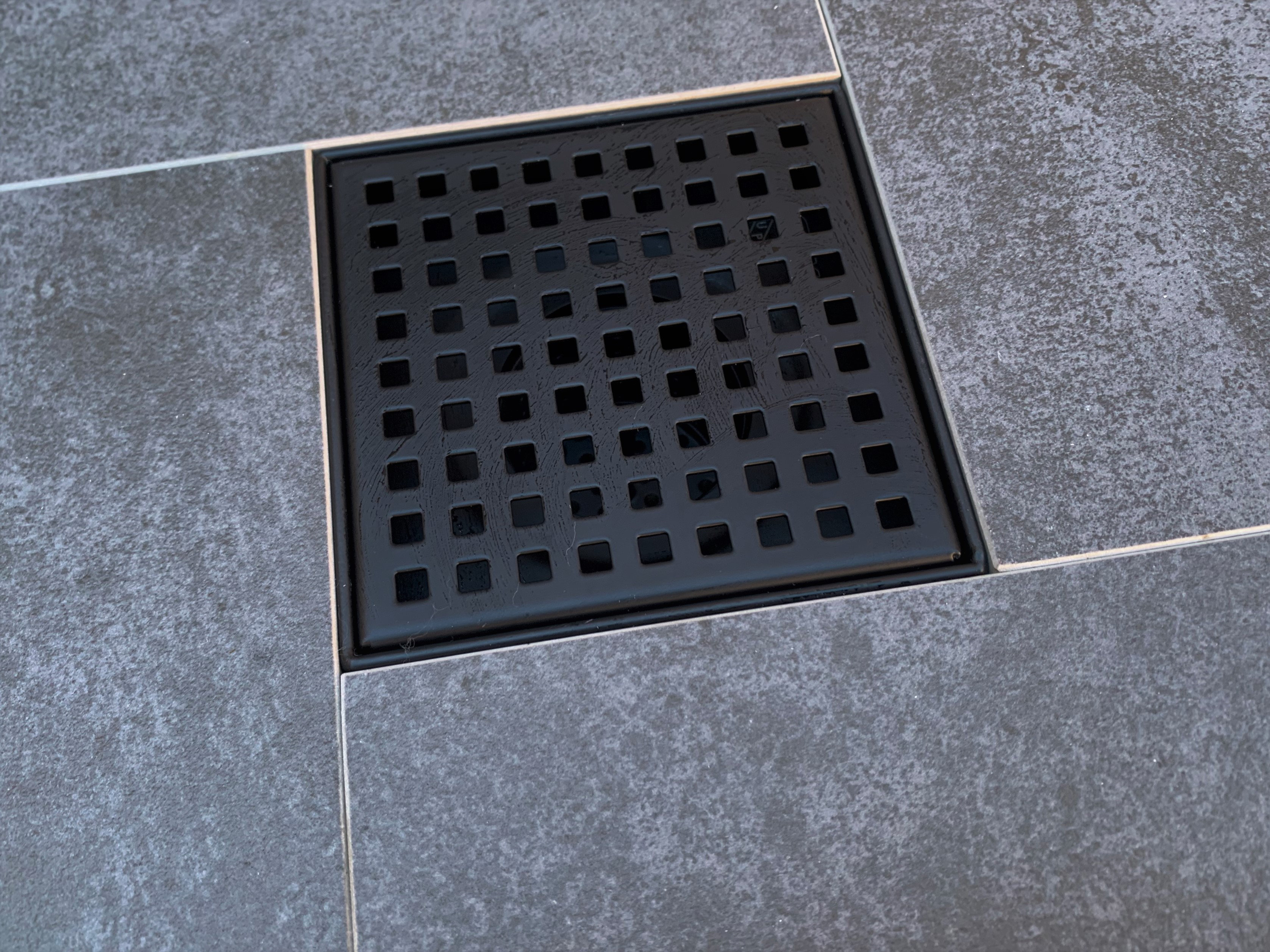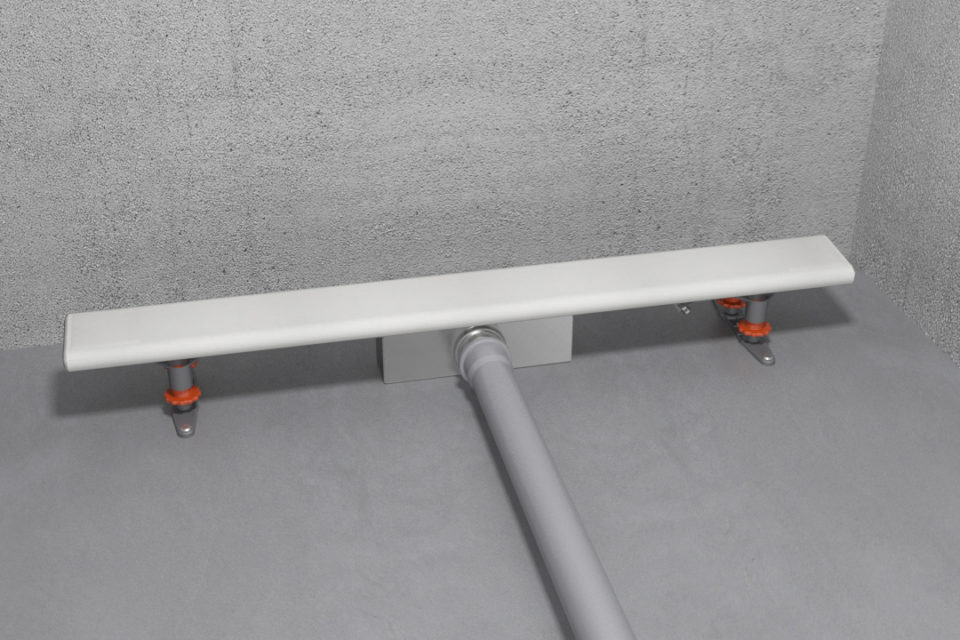Do you find yourself hunting for answers around How to Install a Shower Drain?

Updating a shower room is one of the extra popular residence improvement jobs. Managing the plumbing for draining your shower can be exceedingly easy unless you overdo it.
Managing Your Own Shower Drain Installment Job
Whether you are a bath tub or shower individual, lots of people try to find shower only options when buying a residence. This easy reality indicates greater than a couple of homeowners spend a weekend updating or setting up showers in their restrooms. Thankfully for you, it is a rather easy process.
An enthusiast or frying pan describes the straight surface located at the bottom of the shower. The collector typically contains a non-slip surface area somewhat banked in the direction of the center or any place the drain is located. Incorporated with 3 to 4 inch walls around the side, the objective of your shower drainage plumbing is to obtain the water to move to and away.
You can physically develop an enthusiast for your brand-new shower, however you truly require to consider it. Do you really intend to get into the difficulties of obtaining the sloping correct, as well as making sure every element of it is water resistant? And also I suggest every element! It is a lot easier to simply acquire a pre-cast collection agency online or at your neighborhood copyright, Residence Depot or equipment store. Building one might sound like a terrific concept, however you will most likely really feel in different ways after a couple of hours.
Regardless of just how you set about obtaining a frying pan, you need to strive to make use of one that has the drainpipe located in the very same area as the original pan. Relocating the drainpipe pipelines can be a task, especially if the contractor used an unique framework framework. If you are identified to relocate the drain, you are mosting likely to need to cut back the pipeline or lengthen it, which might mean ripping up big portions of the floor. Put another way, you are mosting likely to be looking at a several weekend break task.
Thinking we have our drain lined up, the actual attach is relatively straightforward. The water drainage pipeline should be facing vertical up to the collection agency. It will typically appear like a "U", which implies it serves as a cleanout to keep nasty scents from returning up from the drain. To connect the drain, you are mosting likely to produce a water tight connection in between a drain cap on the top of the frying pan and also the drainage pipeline. Systems differ, yet you are generally mosting likely to do this by placing a combining item on the top of the drainage pipeline. This is then covered with gaskets and essentially screwed right into the drain cap. The drainpipe cap should work as a locknut, to wit, it screws directly onto the combining.
The challenging part of this procedure is getting your drain cap to match a leak-proof placement in the pan. This is accomplished by backing off the drainpipe cap when you make sure whatever meshes. At that point, you put plumbing technicians putty around the bottom of the cap and after that screw it back on. The putty should create a tight seal in between the cap and the shower frying pan, which maintains water from flowing under it and into the mounting under the shower.
Obviously, washroom showers been available in a wide array of styles nowadays. If you purchase a collector, they generally included plumbing directions or the shop can keep in mind anything unusual you need to understand. It appears intricate, yet is generally pretty simple. Have fun!
How to DIY a Shower Drain Repair or Replacement
Verify the Source of the Leak
Pour some water down the drain using a funnel. If you don’t see signs of leakage from the drain, the leak may be coming from a worn bathtub seal. In this case, fill the bathtub with water and look for leakage between the bottom of the tub and the floor.
Determine What Drain You Need
There are two main types of drains. The options include those with a trip lever, including foot lock, roller ball, and lift and turn drains. Those with trip levers include pop-up and plunger drains. While each may have its own installation guidelines provided by the manufacturer, we’ll continue with the general process of replacing your shower drain.
Access the Drain
If there’s a cover over the drain flange, remove it. Old covers may be stuck in place, so you may need a hacksaw blade to cut it and pry it loose. But if there is no access panel, locate where the shower pipes are, place a cloth or metal plan below where you cut into the wall (to catch any water), and use a drywall saw to cut a panel on your own (you should wear safety glasses if proceeding with this step). You’ll want to cut a piece that can be put back in the same spot after the drain is replaced.
Ideally, you’ll have access to the drain parts through the shower wall. In some cases, the only option is to make an access point through a closet or bedroom.
Remove the Leaky Parts
With the drain exposed, you should see where it is leaking from. There is usually some discoloration in the area of the leak. The drain body, strainer body, or gasket can be removed with pliers while a screwdriver is needed to remove the strainer.
Repair or Replace the Drain
A shower drain repair kit can be purchased at a home improvement store. It will have instructions that will show you how to disassemble and repair the shower drain. Usually, it’s only necessary to fix the parts that are broken. You can combine old and new parts if they fit together. If the entire drain needs to be replaced, swap out all the old parts for the new ones so there are no more leaks.
Test the New/Repaired Drain
Turn on the water lightly while observing how it flows into the drain. Then check the pipes below the shower (in the basement or on a lower floor) to see if there’s any leakage. Once you verify any leak has been fixed, you can go ahead and patch up the wall (using drywall mud and a mud knife).
Ceilings that have water stains should be repaired. Cut away the affected section and replace with a piece of drywall and drywall mud. This eliminates damage caused by the leak and lets you find and mitigate other potential issues such as mold.
https://www.blackhillsinc.com/blog/how-to-diy-shower-drain-repair-replacement/

Hopefully you liked our article about How to Install a Shower Drain in a Basement. Thank you so much for taking time to browse our article. Sharing is good. Who knows, you could be doing someone a favor. Thanks a lot for your time. Visit again soon.